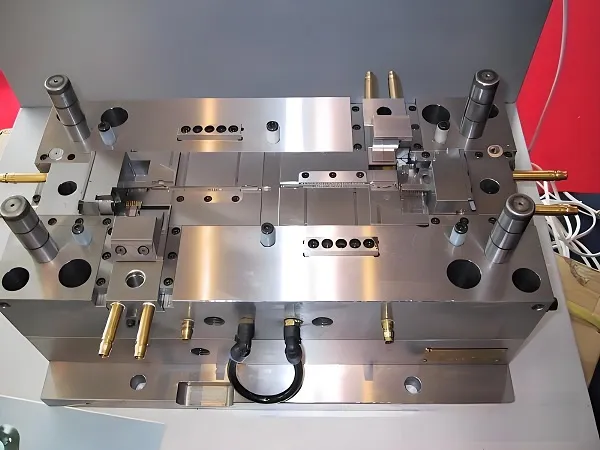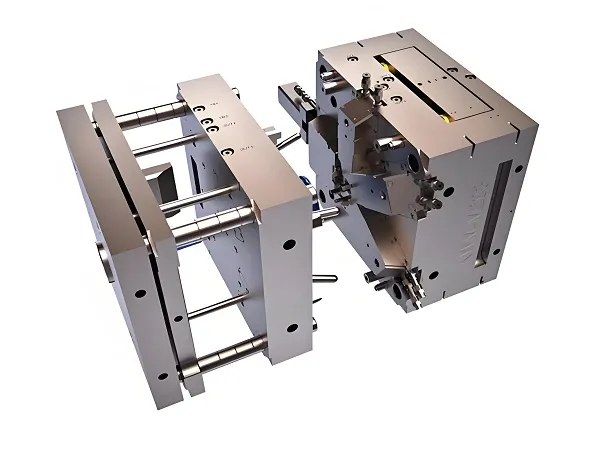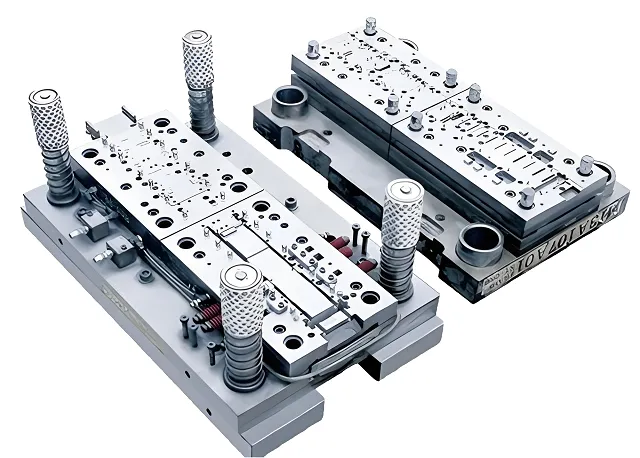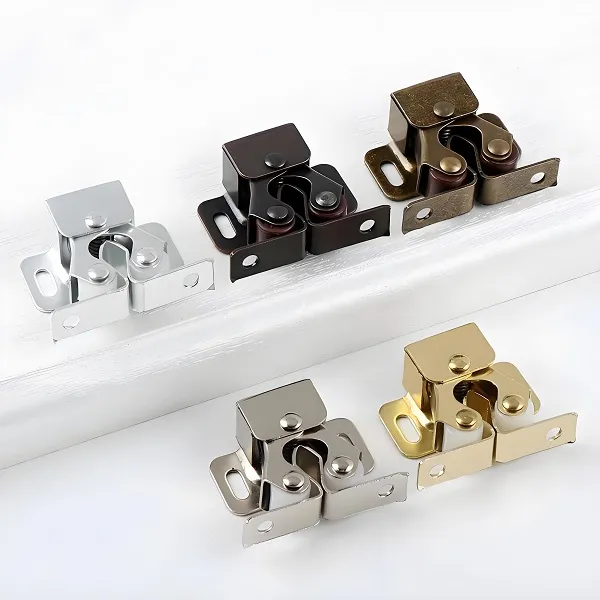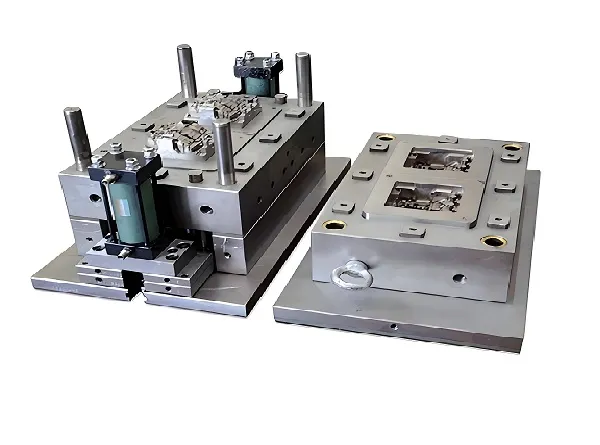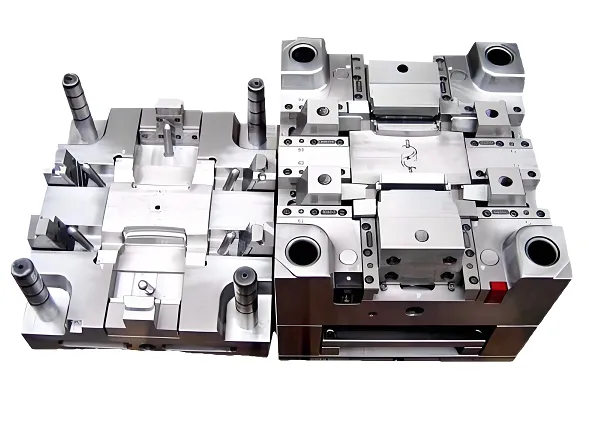Q: What is CNC machining, and how does it differ from traditional mechanical machining?
A: CNC machining, short for Numerical Control machining, refers to a type of machining that uses computer-controlled equipment to automate the cutting and shaping of materials. It stands in contrast to traditional mechanical machining, which often relies on manual operation and human intervention. Here are some key differeCNCes between CNC machining and mechanical machining:
1. Automation and Precision
Q: How does automation impact the precision of CNC machining compared to mechanical machining?
A: CNC machining offers a higher level of automation, which significantly enhaCNCes precision. In CNC machining, the cutting tools are controlled by a computer program, eliminating human error and ensuring consistent, repeatable results. In contrast, mechanical machining can be more prone to human error, leading to variations in precision and quality.
2. Flexibility and Versatility
Q: How does CNC machining compare to mechanical machining in terms of flexibility and versatility?
A: CNC machining is highly flexible and versatile. It can be easily programmed to handle a wide range of materials, shapes, and sizes. This makes it ideal for producing complex parts and prototypes. Mechanical machining, on the other hand, may be limited by the capabilities of the machine and the skill of the operator, making it less suitable for highly complex or varied tasks.
3. EfficieCNCy and Productivity
Q: How does CNC machining improve efficieCNCy and productivity compared to mechanical machining?
A: CNC machining is more efficient and productive than mechanical machining. The automated nature of CNC machining allows for faster setup times, reduced downtime, and iCNCreased throughput. This can lead to significant cost savings and shorter lead times. Mechanical machining, which often relies on manual setup and operation, can be slower and more labor-intensive.
4. Tooling and Setup
Q: How do tooling and setup differ between CNC machining and mechanical machining?
A: CNC machining typically uses specialized tooling and fixtures that are designed to work with the automated equipment. These tools are often more precise and durable, enabling higher-quality cuts and longer tool life. In mechanical machining, tooling and setup can be more varied and may require more frequent adjustments and replacements.
5. Skill Requirements
Q: How do the skill requirements differ between CNC machining and mechanical machining?
A: CNC machining requires a different set of skills than mechanical machining. Operators of CNC machines need to be proficient in computer programming and have a good understanding of CAD/CAM software. In contrast, mechanical machining operators need to have a strong understanding of machine mechanics, tooling, and manual operation.
6. Cost Considerations
Q: How do the costs of CNC machining and mechanical machining compare?
A: The initial investment in CNC machining equipment can be higher than that of mechanical machining. However, the iCNCreased efficieCNCy, precision, and productivity of CNC machining can lead to lower long-term costs. Additionally, the ability to produce complex parts and prototypes with CNC machining can offset the higher upfront costs.
Q: Are there any specific applications where CNC machining or mechanical machining is more suitable?
A: Both CNC machining and mechanical machining have their specific applications. CNC machining is ideal for producing complex parts, prototypes, and small batches of custom parts. It is also well-suited for materials that are difficult to machine manually, such as hardened metals and composites. Mechanical machining may be more suitable for larger-scale production runs of simpler parts, where the cost of automation is not justified by the iCNCreased precision and productivity.
In coCNClusion, CNC machining and mechanical machining each have their unique advantages and applications. Understanding the differeCNCes between the two can help manufacturers make informed decisions about the best machining process for their specific needs.


